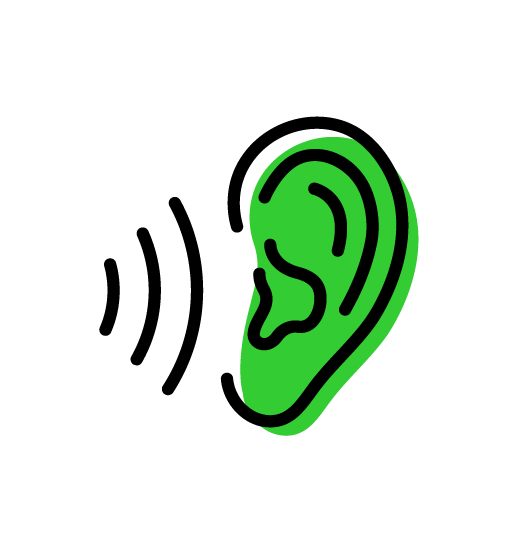
As empathy and customer trust grow in relevance, it’s important to align the two in your marketing efforts. How is this accomplished? By remembering the basic needs of the human beings behind the stats.
Customers’ values have been changing and shifting for some time, with an emphasis on trust carving an upward trend for years. We hate to bring up the “P” word, but it’s necessary here: The pandemic (sorry!) has shifted customers’ priorities even more, placing trust in the top spot.
As customers get seriously intentional about what brands they’ll put their trust in, a recent Adobe e-book, “Put Yourself in Your Customers’ Shoes,” shows that 75% of leaders are finding it increasingly challenging to earn that trust. So, what’s a brand to do?
—You can have every trick, strategy, and procedure up your sleeve, but sometimes the greatest success comes from simply remembering the wants and needs of the people behind the stats. |
The key may lie in a topic that continues to grow in relevance as we settle into the post-pandemic world: empathy. Simply put, customers can only trust that a brand knows what they need when they believe that the brand actually understands them.
Brands that maximize empathy—addressing the human needs to be seen, heard, and understood—are reaping the business boost that comes with an increase in customer trust.
These humanity-first brands have certainly earned our admiration, and we’re betting they’ve earned your respect, too. Keep reading for some brands that are doing it right, and how they get it done.
 The Need to Be Seen
The Need to Be Seen
It seems an antidote for receding trust is proving that your brand knows what the consumer is going through. This may test you to go beyond instinct at times, to step away from numbers and reports, and to focus in on what’s behind the numbers: living, breathing people offering extremely valuable insights.
To give you an idea of what this might look like, here is a video we created for Nod—a Digital Baby Sleep Coach app.
While the video’s purpose is mainly informational, it maintains a sense of warmth by weaving customer stories with the experts’ solutions. In reflecting the customers’ struggles, Nod proves that they see and have empathy for what parents are going through at this exciting—albeit exhausting—time in their lives.
 The Need to Be Heard
The Need to Be Heard
If a brand feels like an inaccessible entity, being heard by them can seem downright impossible. On the flip side, if a customer feels like there are real people acknowledging their needs, wants, and questions, they may more readily give their trust.
So, what action might you take? In a word: listen. Listen to what’s being said in reviews and conversations, and listen to your gut—which, in the world of empathy, is a reliable and trusted tool.
To see what it looks like to show customers that their stories are heard, here is some work we created for Marlin Capital Solutions.
Notice that front and center on Marlin’s page are the voices of real customers. By showing exactly how their needs have been heard, valued, and met, we establish a sense of authenticity and understanding that allows for stronger connections and, of course, deeper trust.
 The Need to Be Understood
The Need to Be Understood
Feeling seen and heard are major steps toward earning your customers’ trust. Still, to really seal the deal, customers like to feel acknowledged for who they are. In reality, don’t we all?
In our experience, an understanding of the customer cannot be convincingly faked. Customers will take the most comfort in a brand whose interactions feel not only genuine, but also unique and personal.
As an example of this empathy in action, here is an employer brand campaign we did for Johnson & Johnson.
The rallying cry “Be Vital” demonstrates an awareness of what candidates desire from a career by speaking directly to the need to be seen, heard, and understood. Think about it: You can’t be vital without being valued, and you can’t be valued without the fulfillment of these core needs.
 Marketing to the Heart
Marketing to the Heart
You can have every trick, strategy, and procedure up your sleeve, but sometimes the greatest success comes from simply remembering the wants and needs of the people behind the stats.
As Adobe’s “Put Yourself in Your Customers’ Shoes” reminds us, truly knowing you customers’ desires requires empathy. Like a muscle, empathy needs to be exercised regularly to keep it strong and growing.
Our two cents? It’s worth it. The trust of your customer is invaluable—now more than ever before.



